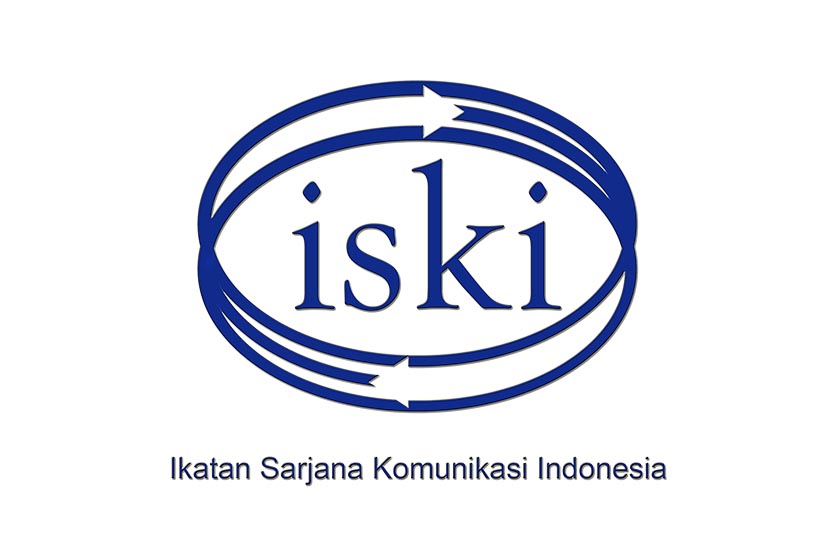The Narrative Strategy of MS Glow for Men in Campaigning the (Un- to) Glowing Men on YouTube
DOI:
https://doi.org/10.36782/jobmark.v6i2.399Keywords:
Instrumental BCA, new creativity, new masculinity, video advertising, YouTubeAbstract
The rapid growth in the use of social media as a marketing tool, mainly through video advertising on YouTube, indicates a significant shift in marketing strategies. This study analyzes the MS Glow for Men advertisement on YouTube, endorsed by Marshel Widianto and Babe Cabita, using an instrumental approach based on the theory and method of Branded Content Analysis (BCA). The advertisement promotes a different representation of masculinity, featuring men with positive personalities and standard bodies, contrasting with the typical image of athletic men in male grooming product advertisements. This approach highlights how influencers influence audiences through various textual, technical, and kinesthetic modes. The results reveal that the advertisement successfully alters the audience's perception of masculinity, convincing them that masculinity is not only related to physical attributes but also personality and character. The positive response from the social media audience signifies the advertisement's success in representing a new concept of masculinity. This study contributes theoretically by demonstrating the effectiveness of the instrumental approach in analyzing representations of masculinity. Practically, the new approach in advertising creativities provides opportunities to promote a more inclusive and diverse concept of masculinity in the marketing domain.
Downloads
References
Agrawal, A. J. (2016). Why Influencer Marketing Will Explode in 2017. Forbes. https://www.forbes.com/sites/ajagrawal/2016/12/27/why-influencer-marketing-will-explode-in-2017/#3bfaf85c20a9
AIP Media Lab. (2015). IPG lab + google release deconstructing branded content: The global guide to what works. (Online industry report). IPG Media Lab.
Arifin, A. M., Basir, F. A. M., Roslan, Azhari, N. (2018). Determinants of Social Media Risk Attitude. Journal of International Business, Economics and Entrepreneurship, 3(SI), 30-35.
Canter, A., Asmussen, B., Michels, N., Butler, A., & Thomson, S. (2013). Defining Branded Content for the Digital Age. Developing a clearer understanding of a ‘new’ key marketing concept. http://www.thebcma.info/wp-content/uploads/2016/07/BCMA-Research-Report_FINAL.pdf.
Chan-Olmsted, S., Wolter, L. C., Xiao, M. (2018). Defining, conceptualizing, and assessing the practice of branded content as a marketing communication strategy, 64, 18-30.
Chi, H. H. (2011). Interactive digital advertising vs. virtual brand community: Exploratory study of user motivation and social media marketing responses in Taiwan. Journal of Interactive Advertising, 12(1), 44-61.
Duffett, R. G. (2015). Facebook advertising's influence on intention-to-purchase and purchase amongst Millennials. Internet Research, 25(4), 498-526. https://doi.org/10.1108/IntR-01-2014-0020
El-Haddadeh, R., Weerakkody, V., & Peng, J. (2012). Social networking services adoption in corporate communication: the case of China. Journal of Enterprise Information Management, 25(6), 559-575. https://doi.org/10.1108/17410391211272838
Hamouda, M. (2018). Understanding social media advertising effect on consumers' responses: An empirical investigation of tourism advertising on Facebook. Journal of Enterprise Information Management, 31(3), 426-445.
IPG Media Lab. (2015). IPG lab + google release deconstructing branded content: The global guide to what works. (Online industry report). IPG Media Lab.
Keller, K. L. (2013). Strategic brand management: Building, measuring, and managing brand equity (4th ed.). Pearson Education.
Kim, Y., & Ahn, J. (2017). The effects of branded content on brand attitude and consumer purchase intention: The moderating role of consumer involvement. Journal of Advertising, 46(4), 377-391.
Kietzmann, J. H., Hermkens, K., McCarthy, I. P., & Silvestre, B. S. (2011). Social media? Get serious! Understanding the functional building blocks of social media. Business Horizons, 54(3), 241-251.
Laroche, M., Habibi, M. R., & Richard, M. O. (2013). To be or not to be in social media: How brand loyalty is affected by social media? International Journal of Information Management, 33(1), 76-82. https://doi.Org/10.1016/J.IJINFOMGT.2012.07.003
Pang, A., & Pan, Y. (2017). The impact of branded content on brand awareness, attitude, and purchase intention: The mediating role of brand credibility. Journal of Interactive Marketing, 38, 1-13.
Riyanto, A. D. (2019). Hootsuite (We are Social): Indonesian Digital Report 2019. Andi.Link. https://andi.link/hootsuite-we-are-social-indonesian-digital-report-2019/.
Schwemmer, C., & Ziewiecki, S. (2018). Social Media Sellout: The Increasing Role of Product Promotion on YouTube. Social Media and Society, 4(3), 1-20. https://doi.org/10.1177/2056305118786720
Tuurosong, D., & Faisal, A. (2014). The social media scourge among university students: a study of the university for development studies, Ghana. Journal of Asian Development Studies, 3(2), 62-74.
Van Dijck, J., Poell, T., & De Waal, M. (2018). The platform society: Public values in a connective world. Oxford University Press.
Wijaya, B. S. (2015). From Selection to Proposition: Qualitative Data Analysis Models and Methods. Journal Communication Spectrum, 5(1), 1-12
Wijaya, B. S. (2017). Branded Content Analysis (Metode Analisis Konten Bermerek). ID Patent: 000483744. Intellectual Property Database, March 27, 2017. Ministry of Law and Human Rights of Republic of Indonesia.
Wijaya, B. S. (2021). Branded Content Analysis (BCA): Four Models and Approaches. Jobmark: Journal of Branding and Marketing Communication, 3(1), 52-65. https://doi.org/10.36782/jobmark.v3i1.214
Downloads
Published
How to Cite
Issue
Section
License
Copyright (c) 2025 Jobmark: Journal of Branding and Marketing Communication

This work is licensed under a Creative Commons Attribution-NonCommercial 4.0 International License.


















